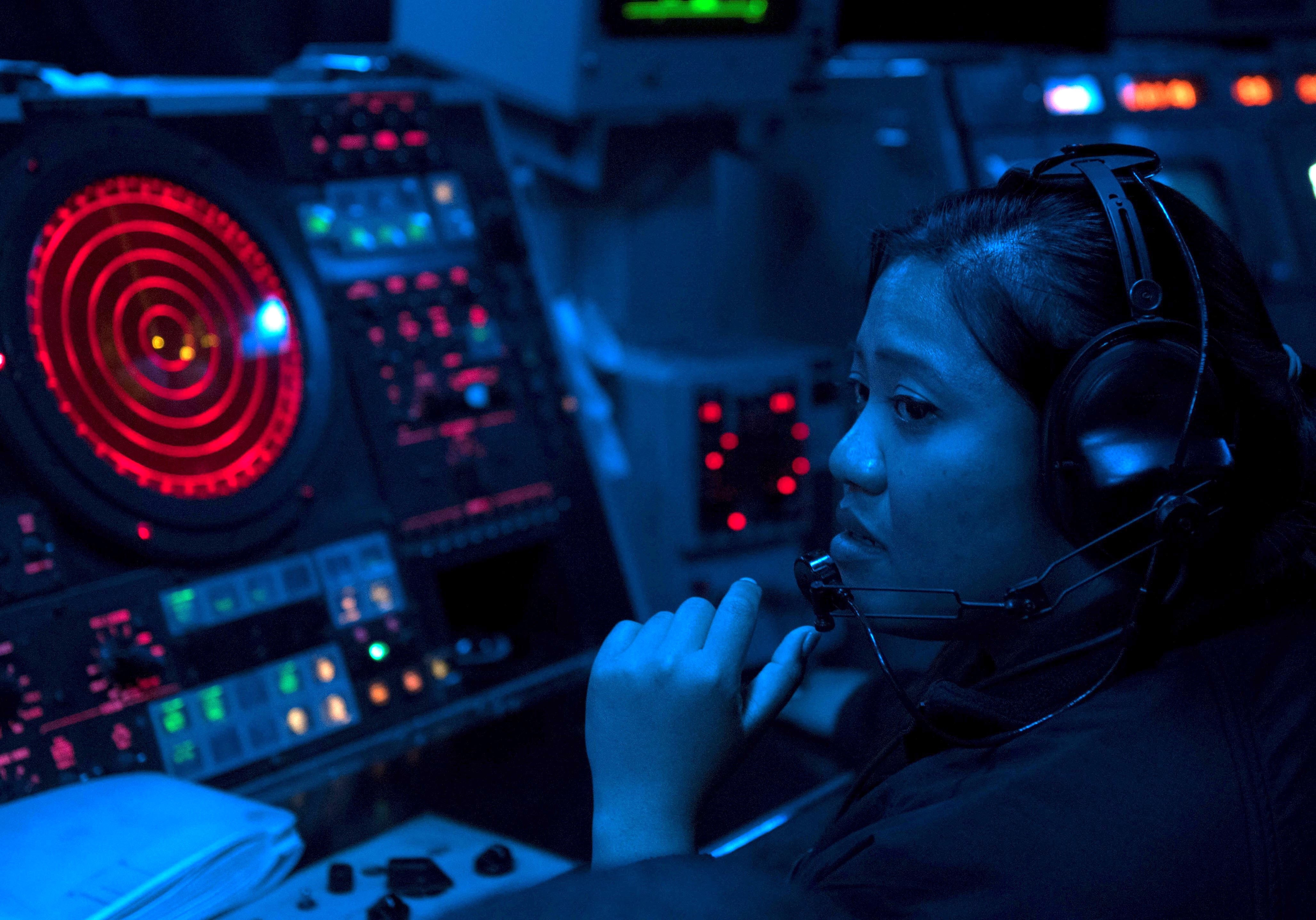
Navy, Air Force Reach Handshake Agreement to Develop Joint Battle Network
NORFOLK, Va. — The Navy and the Air Force are taking the first tentative steps to create a joint battle…
Copyright 2024 U.S. Naval Institute. All Rights Reserved.